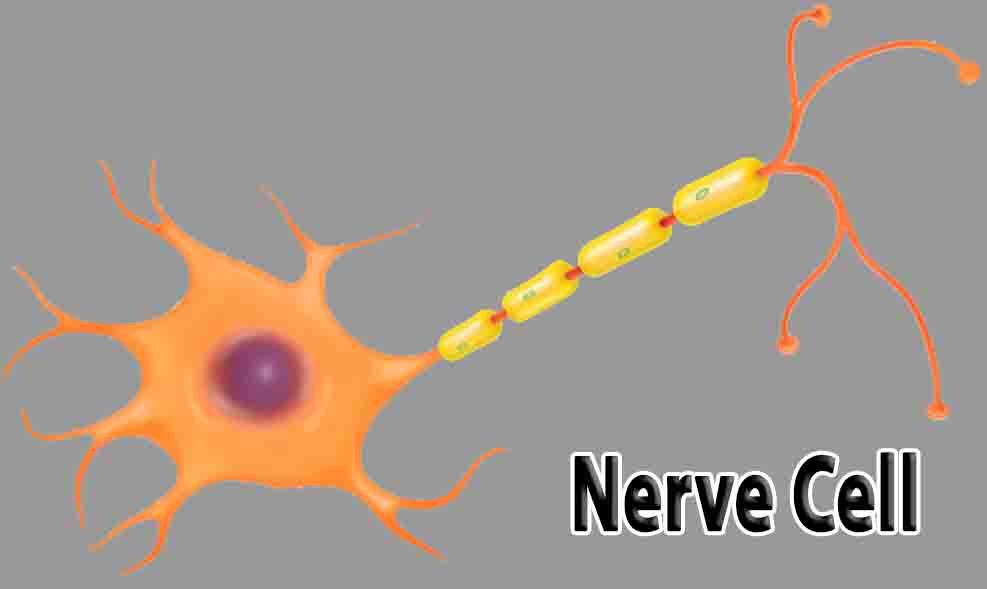The adult human brain contains around 86 billion neurons, the basic functional units of the nervous system. Nerve cells transmit information to other cells after receiving it from other cells. In the human body, there are three different types of nerve cells that detect and interpret information about our external environment before responding to it.
As a result, they enable us to perceive and interact with the world around us.
What is the Nervous System?
We communicate and interact with the world around us through the nervous system, a complex network of nerve cells. Our senses collect information about our surroundings, process that information, and then stimulate a bodily response. The nervous system relies heavily on nerve cells to receive and transmit messages between the brain, spinal cord, and other parts of the body.
Touching something hot, for example, will send a pain signal to your brain. As soon as your brain receives this information, it sends back a message that triggers you to snatch away your hand.
There are two main components of the nervous system: the Central Nervous System (CNS) and the Peripheral Nervous System (PNS). Our CNS is made up of the brain and spinal cord and controls virtually everything in our bodies and minds, including our movements, thoughts, emotions, desires, hormonal fluctuations, breathing, heart rate, and more.
All parts of the body are connected to the PNS by nerves that originate from the spinal cord. Sensory information is relayed to the CNS for interpretation and regulation of physiological responses, such as sweating, muscle movement, and blood pressure changes.
What is a Nerve Cell?
A nerve cell (also known as a neuron) is the basic functional unit of the nervous system. They receive information from cells, and then transmit it to other cells. Electrical signals (called nerve impulses) travel from the body to the brain carrying messages carried by neurons.
As a result, nerve cells transmit information about your external environment (known as stimuli) to the brain, which interprets and triggers responses.
Anatomy of a Nerve Cell
Cell bodies, dendrites, and axons make up nerve cells.
Cell body
A neuron’s cell body (also known as the soma) contains its nucleus, which controls its activities. Besides producing protein and energy, it also contains specialized organelles.
Dendrites
Cell bodies are extended by dendrites. Cell bodies receive chemical signals from other neurons, which they convert into electrical impulses.
Axon
Axons are long extensions of the cell body that carry information. Axons are covered with myelin, an insulating layer that allows nerve impulses to travel rapidly along their length. An axon’s terminals are its endpoints. It is here that information leaves the nerve cell and is transferred to the target cell.
Different Types of Nerve Cells
In the human body, there are three types of nerve cells. There are three types of neurons: sensory neurons, motor neurons, and interneurons.
Sensory Neurons
In the external environment, sensory neurons detect stimuli (such as heat, sound, pressure, or light). This sensory information is then transmitted to the rest of the nervous system for processing. A dog barking at you, for example, will send signals to your brain informing you that there is a threat nearby.
Motor Neurons
A motor neuron in the spinal cord connects muscles, glands, and organs throughout the body. Our muscles are controlled by lower motor neurons, which transmit nerve impulses from the spinal cord to them. The upper motor neurons travel between the brain and spinal cord.
Motor neurons transmit commands from the brain to muscles, glands, and organs. As a result, you are able to respond to stimuli more quickly. You will jump back if a dog growls and barks at you, for instance, because your motor neurons send signals to your muscles.
Interneurons
Neurons connect one nerve cell to another through interneurons, which are found only in the central nervous system. Motor neurons or interneurons receive nerve impulses from other interneurons or sensory neurons.
Sensory neurons may transmit information to the brain about external stimuli, or motor neurons may trigger responses in response to external stimuli.

